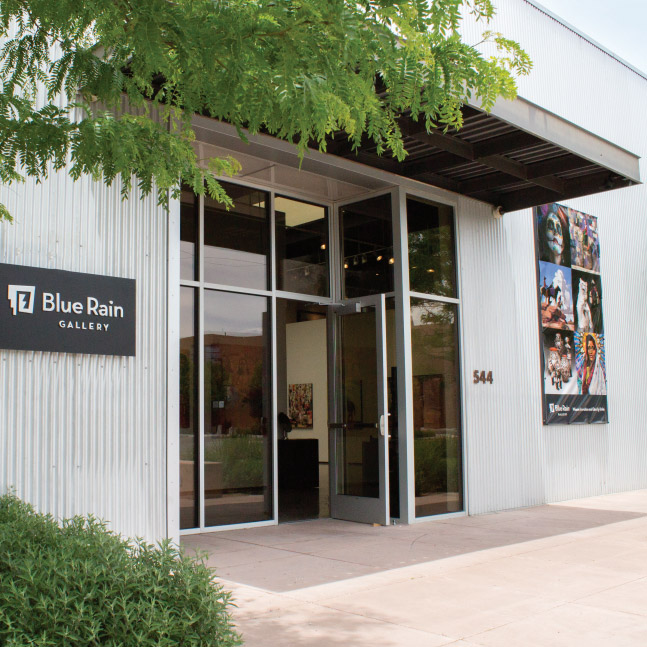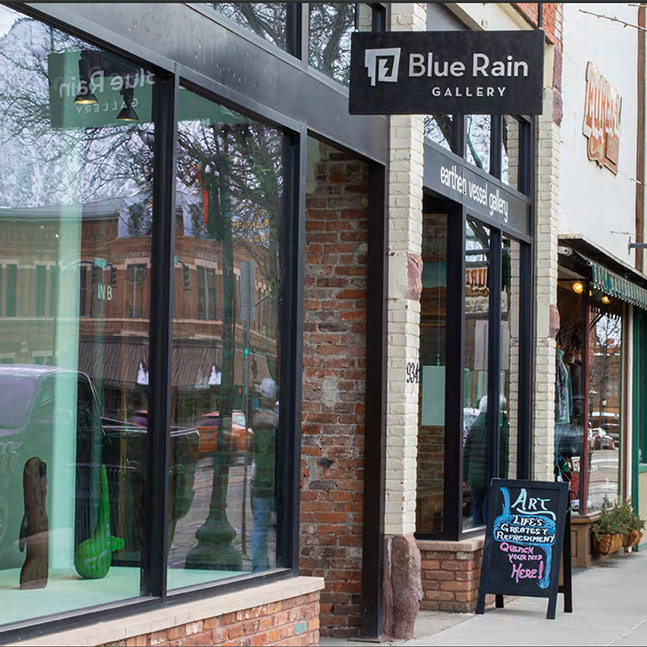Nancy Youngblood (Yellow Aspen) was born to Santa Clara potter Mela Tafoya and army serviceman Walton Youngblood in 1955, at Fort Lewis, Washington. She spent the first thirteen years of her life living on army bases across the United States until Walton was deployed to Vietnam, after which she and her mother relocated to their ancestral home of the Santa Clara pueblo in New Mexico. Here, as a young teenager, she was inspirited by her maternal family and the pueblo’s traditions. Mela had begun making pottery again, and her grandmother, Margaret Tafoya, was now the matriarch of the pueblo. With the guidance of her family, Nancy began creating pottery herself. She followed the traditional ways of collecting and preparing the clay, and from there she learned from trial and error.
From the beginning, her work was driven by passion, persistence, and a strong desire to preserve tradition. Her mettle was proven early on; she was 17 when she entered her first pottery competition at the 1972 Gallup Intertribal Ceremonial, where she won second prize for a sgraffito-carved miniature. The accolades only accumulated from there. She showed her pottery at Santa Fe’s Indian Market for the first time in 1974 and had her first major gallery exhibition in 1976.
In the following years she would move to Kansas City, start a family, and continue to work sixteen-hour days creating her pottery. Being states away from Santa Clara was a challenge, but her dedication to tradition was so integral, Nancy would fly with her unfinished pots to the pueblo for firing.
Eventually, Nancy was able to return home to Santa Clara, where she felt most rooted and most able to advance her skill. The homecoming seemed to spark something fresh in her – she began experimenting with new motifs not typically seen in Santa Clara pottery, and the scale of her pots grew. Innovation and imagination added a new depth to the work while still reflecting the pottery of previous Santa Clara generations. The long days of potting persisted, and all the while demand from collectors continued to grow.
Today, her harmonious balance of innovation and tradition have elevated her pottery to national recognition. She’s won over 294 awards, including honors from Santa Fe Indian Market, Santa Fe Rotary Foundation, Gallup Intertribal Ceremonial, and the Heard Museum. She’s also been featured in numerous publications. It has always been crucial to her to uphold the traditions of her pueblo; she firmly believes that being a potter means staying true to her Santa Clara heritage.
A thoughtful balance of inventiveness and tradition have allowed her to become a tremendously respected pueblo potter. Her work is distinct. Its preciseness, intricacy and uniqueness is the product of a lifetime of dedication.







